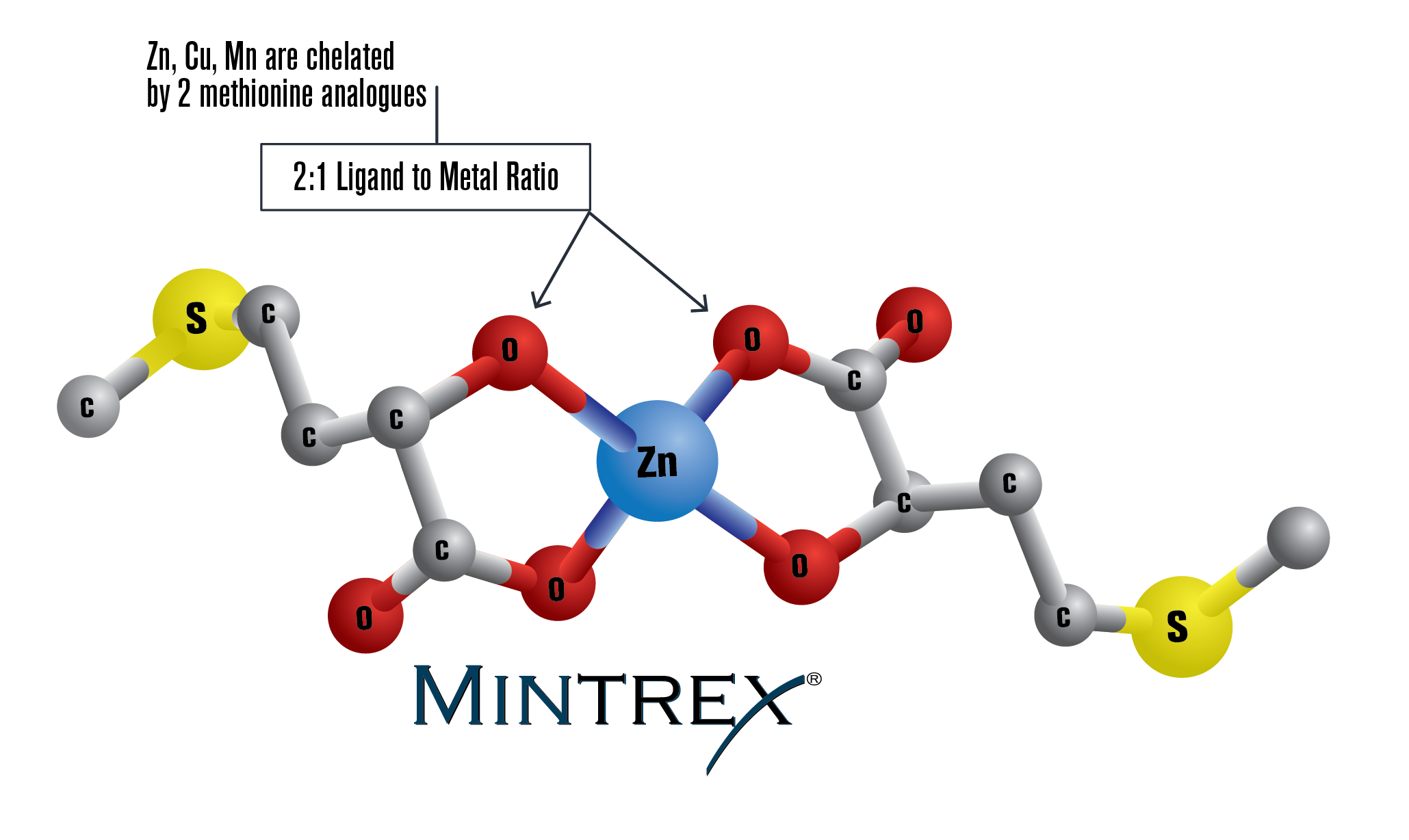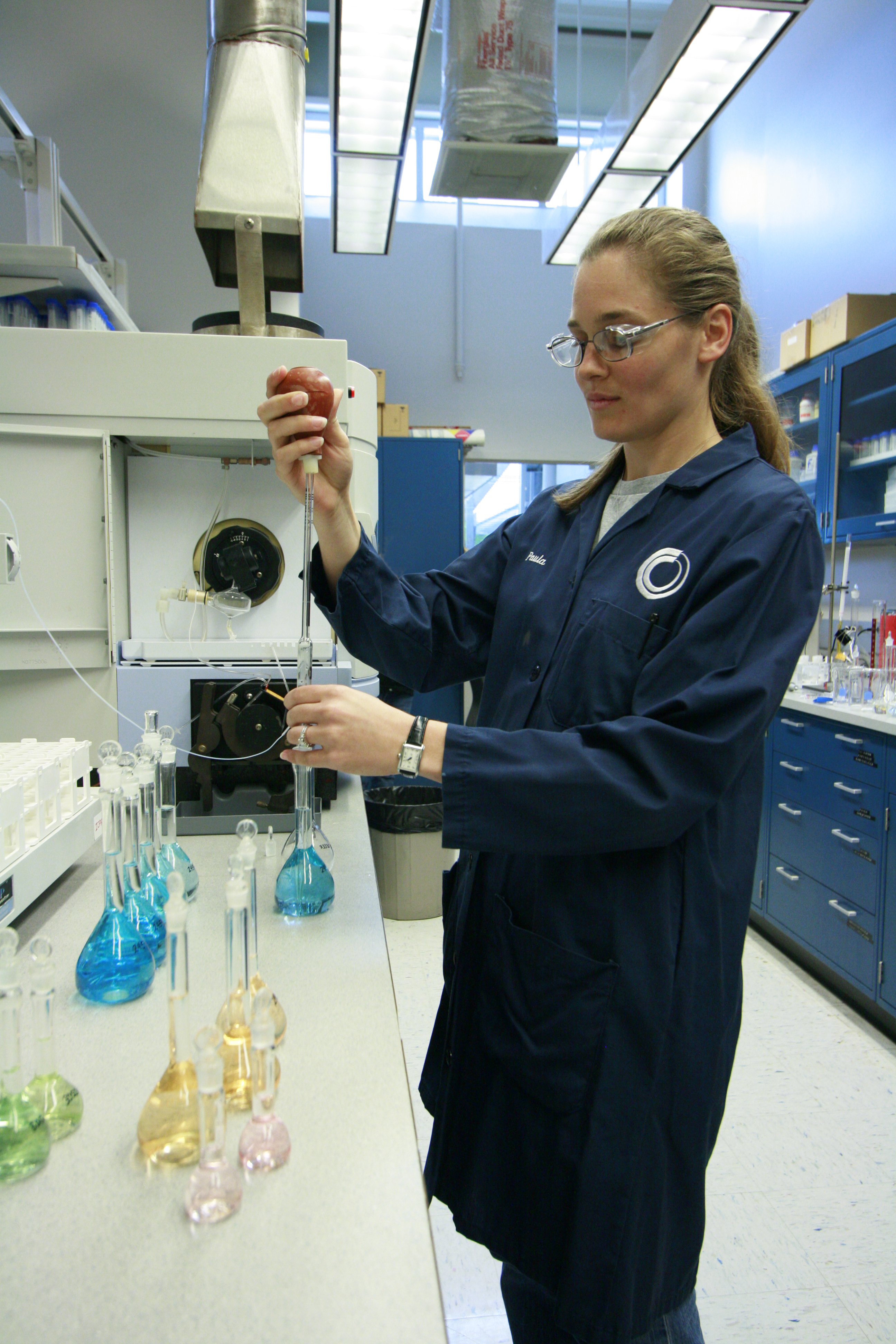



Notes from a nutrition expert: emerging trends and technology in 2019
Nutrition expert, Dr Silvia Peris, Novus International, discusses insect protein trends, chelated trace mineral technology and how EU politics in 2019 could shape the future of swine nutrition products.
Dr Silvia Peris is part of the Executive Regional Technical Service team for Europe and the Middle East for Novus International. She provides technical support to Novus customers and partners with them to help address particular challenges they face in their operations. Additionally, her role involves disseminating the findings of Novus’s internal research and development plans through articles and presentations in symposiums and at congresses in Europe and Middle East regions.
In an interview with The Pig Site, Silvia provides her thoughts on emerging trends and provides some predictions for the swine nutrition sector in 2019.
Over the past 12 months, have there been any big developments in swine nutrition and understanding of the role of nutrition in swine productivity?
Certainly, there has been a real focus on gut health of both piglets and mature pigs. Some hot topics that we have seen research coming through on are fibre utilisation and amino acid requirements of sows.
With regards to dietary fibre, we are constantly developing our knowledge and understanding of the difference in nutritional value of different fibres. We know now that there are certain fibres that are more beneficial for the development of microflora of younger animals and fibres that are beneficial for older animals where the microflora is already established, but absorption processes in the gut can be made more effective.
Several research centres have been working to understand the amino acid requirements of hyper-prolific sows: these animals are being bred to be increasingly prolific but recent study outcomes are determining whether such sows have drastically different nutritional needs in order to remain productive.

For us at Novus, a lot of work has been focused on understanding the mode of action of MINTREX®trace minerals, (a combination of the methionine source HMTBa with an organic trace mineral in a two-to-one chelated structure), which has shown to improve nutrient absorption and productivity in hyper-prolific sows. A long-term study, spanning two years and involving around 124,000 animals, put our research findings into practice. Increases in productivity were observed: lower mortality rates and higher retention rates (more sows reaching their third parity), as well as a higher number of weaned piglets coming from those sows was observed. The use of MINTREX® zinc, copper and manganese chelated trace minerals yields higher productivity from the animals, while at the same time allowing for a significantly lower level (40 to 50 percent) of mineral in feed.
We have also seen clear benefits for the progeny of the sows supplemented with chelated trace minerals: though the piglets themselves are not being supplemented, we have seen lower mortality rates and higher weaning weights.
We’re looking to better understand the molecular structure of this compound and the impact that the conditions present in the gastro-intestinal tract (different pH levels, presence of other nutrients, etc.) may have on this structure. Through several research findings, we strongly believe that the higher bioavailability of MINTREX® is related to its unique structure, which prevents antagonism with other nutrients in the early portions of the gastro-intestinal tract, therefore more mineral is available for absorption at the small intestine.
2019 is set to be a big year for European policy and regulation, especially in agriculture. How is the swine nutrition sector responding to the latest changes in feed regulations?
In relation to regulations in the European Union, we have seen a growing tendency towards reduction of minerals in compound feed to reduce the impact of animal production on the environment. In 2016, regulators demanded a decrease in zinc levels and are now requiring the same for copper. Certainly, more is to come with other minerals. Considering this fact, the trend of the swine nutrition sector is moving towards more bioavailable mineral sources, such as chelated trace minerals (MINTREX®, so the animals can retain the appropriate level of minerals with a lower total level being added to the feed.
The other concern is related to the use of zinc oxide, more specifically in countries in South Europe, where high levels of this compound in young piglets are being used. The utilisation of zinc oxide is still allowed on a limited use basis until 2022. At Novus, we have been working for several years now on a solution based on protected benzoic acid for piglets (PROVENIA™ feed supplement), which is providing promising results when tested versus zinc oxide. Research is ongoing, and will be presented at the Zero Zinc Summit in Copenhagen in June.
Are there any significant regulation changes expected post-Brexit?
By mid-2018, Great Britain had presented a White Paper marking guidelines to follow for the disconnection of the country from the rest of the European Union. That document includes a section related to the animal production industry as a whole (including the animal feed and pharma industries) that states an alignment with the EU standards on animal nutrition, health and welfare. In this sense, we are not expecting big changes in this field, although the uncertainty of how and when the disconnection is going to happen remains.
Insect protein and sustainable feed alternatives are hot topics but do you believe these ideas will gain momentum in the pig industry this year?
A lot of research has been dedicated to this topic over the past few years. This research has shown that the use of insects as a sustainable, protein-rich feed ingredient in pig diets is technically feasible. However, additional research is needed on the digestibility of processed insects, inclusion levels in pig diets, functional properties, safety when using bio-waste as a rearing substrate, extraction of nutrients, shelf life, etc. Additionally, these aspects will all need to be regulated. Finally, some publications have described that to compete with conventional protein sources, the price of insect production and processing will need to be reduced.
At Novus we are working on improving the digestibility of different raw materials, from the most common ones to other more locally available materials through our protease enzyme (CIBENZA® EP150). In future, and once additional information and regulations are clearer as per the use of these new protein sources, we will also look at ways of enhancing their digestibility, thus improving the efficiency of these raw materials while reducing the environmental impact of the animal waste, as less nitrogen will be excreted through faeces.

© Novus International
How big is the role of nutrition in alleviating antibiotic use in pig production?
Nutrition is one of the key areas to be considered when reducing antibiotic use in pig production, although not the only one. In relation to nutrition, several aspects need to be considered from the formulation side, such as protein levels and amino acid balance, dietary fibre levels and type, and quality of ingredients in the diet. Additionally, nutritional solutions need to complement these dietary changes to optimise gastro-intestinal development in the animals, microflora balance, and innate immunity, so that these animals are better prepared against any challenge.
Is this part of your agenda for 2019?
Certainly, it is. As a science-based company, Novus researchers are constantly generating information on how our solutions can support our customers by improving the health and welfare of poultry and livestock. For this, we are collaborating with prestigious research stations and universities around the world, and 2019 will not be an exception.









